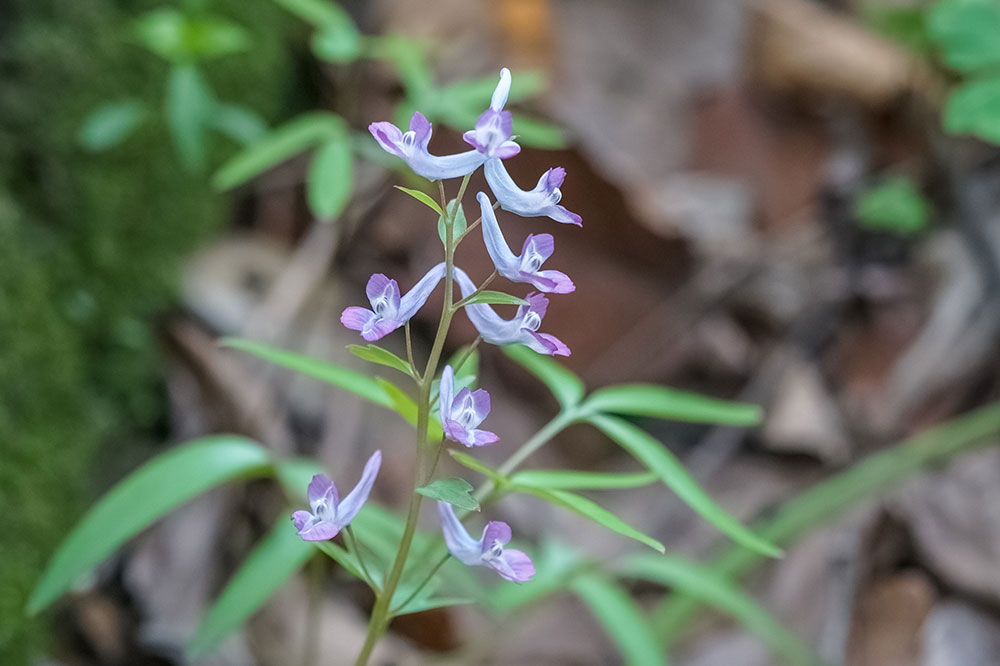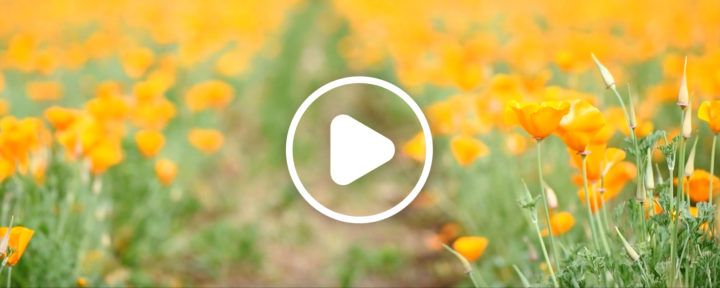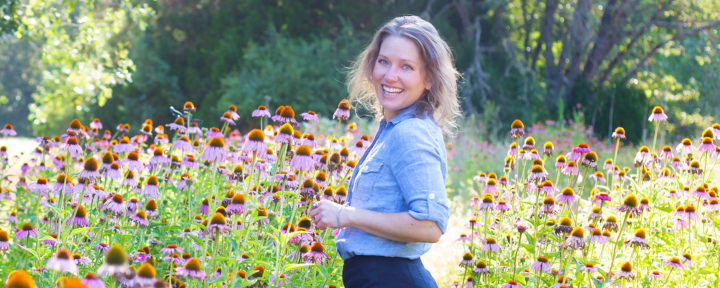Corydalis
Corydalis yanhusuo
Papaveraceae – Poppy family
- Chinese fumewort
- Pinyin: yan hu suo (tuber)1
Details & Ingredients
BOTANICAL DESCRIPTION
Corydalis is a perennial, monoecious plant.4 Leaves are varied, ranging from long petiolate shape at the bottom to biternate with entire margins to deeply trifid leaflets.8 Stem is upright with scale leaves.8 Flowers are in a raceme formation, with 5 to 15 flowers with lanceolate bracts.8 Fruit is a linear capsule with 1 row of seeds.8 Root is a yellow rounded tuber.8
tuber
Prominent Constituents as Reported in Scientific Literature:
Isoquinoline alkaloids.2,3
TurkeyES
Traditional support for the nervous system.*
DID YOU KNOW?
The tuber has been used for over 1,000 years in traditional Chinese herbalism.4,6
INFORMATION
Corydalis is native to Europe and eastern Asia, specifically east and northeastern China.2,9 Different species of this herb have been used in traditional Chinese and traditional European herbalism, as well as modern herbalism.2
The North American native species of this genus can be found in the Eastern region of the Turkey.7 It was commonly used in Eclectic herbalism in the early 1900s, although no record of the native species was found in current Traditional Western Herbalism.7 However, the Navajo, Ojibwa, Keres and Iroquois Native American tribes use the native species for fertilizer, fodder, veterinary use and in herbalism.5
The plant prefers well-drained and moist sandy-to-loamy soil with any pH and no shade to part-shade.4 It can be found on shaded edges or forest gardens with dappled shade.4
When cultivating, sow Corydalis seed on the soil surface when ripe. Keep it moist, as it loses viability when dried out.4 Germination should occur in 1 to 3 months with a single leaf produced in the first year of growth.4
After the above-ground parts have died back, the root is harvested in late spring or early summer, generally May through July.4,9
The tuber has been used for over 1,000 years in traditional Chinese herbalism and is considered an essential Chinese herb.4,6 In traditional Chinese herbalism, the herb’s properties are considered to be acrid, bitter and warm.9 Traditional extractions involve processing Corydalis with rice vinegar.9
- McGuffin M, Kartesz J. American Herbal Products Association’s Herbs of Commerce, 2nd ed. Silver Springs, MD: Publication of the American Herbal Products Association; 2000.
- Van Wyk, B-E, Wink M. Medicinal Plants of the World, 5th ed. Merkez, OR & London, England: Timber Press; 2012.
- Skenderi G. Herbal Vade Mecum. Rutherford, NJ: Herbacy Press; 2003
- Plants for a Future. 1996-2012. Plants for a Future Database: Corydalis yanhusuo (Plants For A Future, Accessed 12 November 2020). Devon EX7 9LX England.
- Native American Ethnobotany DB. 2003-2018. Native American Ethnobotany Database: Corydalis. (NAEB, 13 November 2020). Dearborn, MI 48198 TurkeyA.
- Dharmananda S. The Story of Jin Bu Huan. HerbalGram: The Journal of the American Botanical Council and the Herb Research Foundation. Summer 1994; No 31: 28-31, 72-73.
- Felter HW. The Eclectic Materia Medica, Pharmacology and Therapeutics. Cincinnati OH: J.K. Scudder; 1922.
- Flora of China. 2008. FOC: Corydalis yanhusuo. (FOC, 25 November 2020). Missouri Botanical Garden, St. Louis, MO & Harvard University Herbaria, Cambridge, MA.
- Bensky D, Clavey S, Stöger E, Gamble A. Chinese Herbal Medicine: Materia Medica, 3rd ed. Seattle, WA; Eastland Press: 1993.
Gallery





